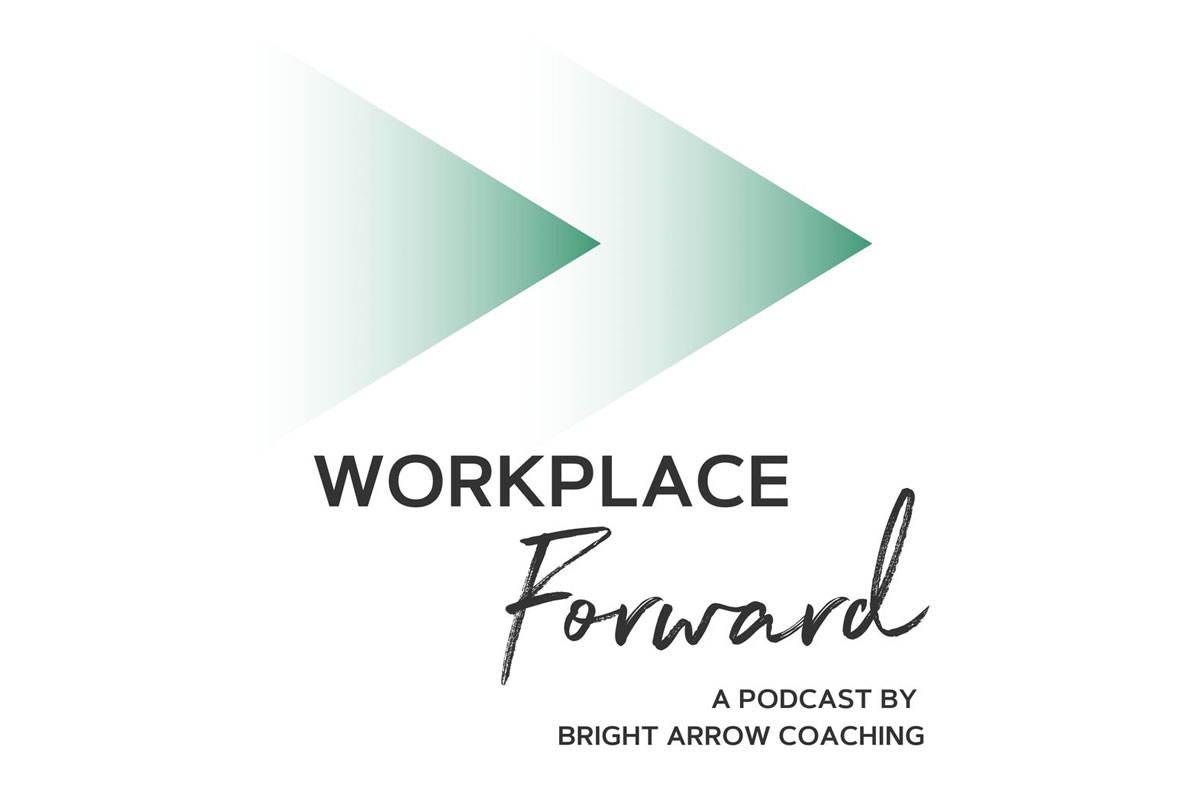This article previously published on Forbes.
When is the last time you blocked out time for yourself?
Not a spa day.
Not a golf day.
Not a girls’/guys’ night out.
Not a date night.
Time in your workday to protect your time, energy and stress levels. If your calendar is constantly crammed with appointments from the time you wake until the time you turn out the lights, you are on your way to burnout.
Working around the clock is not only ineffective, it’s unnecessary. Because we live at such a manic pace, there are five signs you just may be ignoring to protect the most precious asset there is: yourself.
You can’t recall the last time you sat down just to think.
Yes, we are busy — so busy that “busy” has become a taboo word and an addiction.
Here is the secret: Things will never slow down unless you make them. I can’t tell you how many leaders I work with who, when I ask them, admit they don’t have any time protected on their calendar just to think about the work ahead and reflect on achievements as they move through them. I spent years gaining clarity on the necessity of this practice as part of my leadership.
Someone recently asked me, “As an entrepreneur, how do you deal with the fact that things never turn off?” She was quite surprised when I responded quickly with, “Things do turn off. They turn off when I decide they do. I choose.”
Many entrepreneurs and leaders don’t believe this is possible, but it’s not just possible — it’s critical. We lie to ourselves about how much autonomy we have in this. Choose to create space for stillness and do some thinking, reflecting and dreaming. It energizes your inner temple quicker than almost anything else.
You feel a constant, low hum of energy or fatigue.
How are you treating your body? What are you putting in it? How long have you been operating on hyperdrive?
Allow me to illustrate this point with a personal story. After five consecutive years of a hardcore grind, of sleeping three to six hours a night, working many weekends and engaging in consistent 12-14 hour workdays, I was feeling pretty low. I wasn’t sick. My annual physicals and blood work were off-the-charts excellent. But somehow I just felt slow, heavy, short-tempered and, socially, like I was on autopilot.
I went to a naturopath who discovered that my cortisol cycle was out of whack from years of not allowing myself the sleep I needed, and my hormones were all in the tank as a result. This didn’t happen overnight. These were the effects of consistent self-sabotage on my internal systems. Just because I was able to push my body with my willpower didn’t mean I wasn’t doing some (thankfully reversible) damage.
Are you truly aware of how you feel?
You feel lost or out of touch with a greater purpose.
Many of my clients come to me during a period of transition. The discomfort that comes from feeling adrift or like life is the movie Groundhog Day is really painful and all too common.
Feeling connected to a greater purpose starts with getting clear on some micropurposes in your life. For some of us, the greatest purpose we will ever serve is raising children. For others, it is leading teams who do work that aligns with their value system.
If you’re feeling disconnected, ask yourself these questions to (re)start the discovery:
1. “What things in my life come with ease? No resistance. No struggle. It just flows.”
3.” What about it matters?”
Connect with your inner temple by serving your micro-purposes, as it will lead you to the bigger ones.
Your emotions feel unpredictable.
A common emotion I see in my practice is anger. When we aren’t able to give the things we value the attention they deserve, we get angry.
I can’t tell you how many clients I’ve worked with who choke back tears, shaming themselves, apologizing and saying, “Ugh! I’m sorry I’m so emotional. I don’t know what is going on with me. This is so dumb! I have nothing to cry about!”
I beg to differ! There is a message in your emotion. These are not to be stuffed down, shamed and ignored. In one of my workshops, I devote an entire section to learning about what our emotions mean — how emotions partner with thoughts to move us to action. For example, anger tells us that something we value is being threatened. Sadness tells us that something we value is lost.
If you find yourself feeling extreme emotions, please slow down, allow them to come through, and ask yourself why and what message this feeling is bringing you.
Get in touch with your inner temple by honoring and being curious about your emotions. Make space for them. Be with them. Listen to them.
The tape running in your head is set to negative.
When you’ve been ignoring that precious connection to yourself, the irritation often shows itself in the form of negative thought patterns. If you’ve noticed that your internal disposition is far from sunny, try being more mindful of the tone.
Science has shown us that repetition impacts how our synapses fire (our go-to responses to stimuli). It is worth it to be conscientious about the habits you’re developing in this area.
Connect with your inner temple by asking yourself this simple question: “What’s another way to see this?”
Feeling negative is nothing more than a pattern that can be broken. Remember: You can’t take care of anything else — not your job, your family, your friends or even that to-do list — until you listen to the signals your body, heart and mind are giving you.
Start putting more emphasis on your inner temple, and you’ll be amazed at the new world that awaits you.
This article previously published on Forbes.









